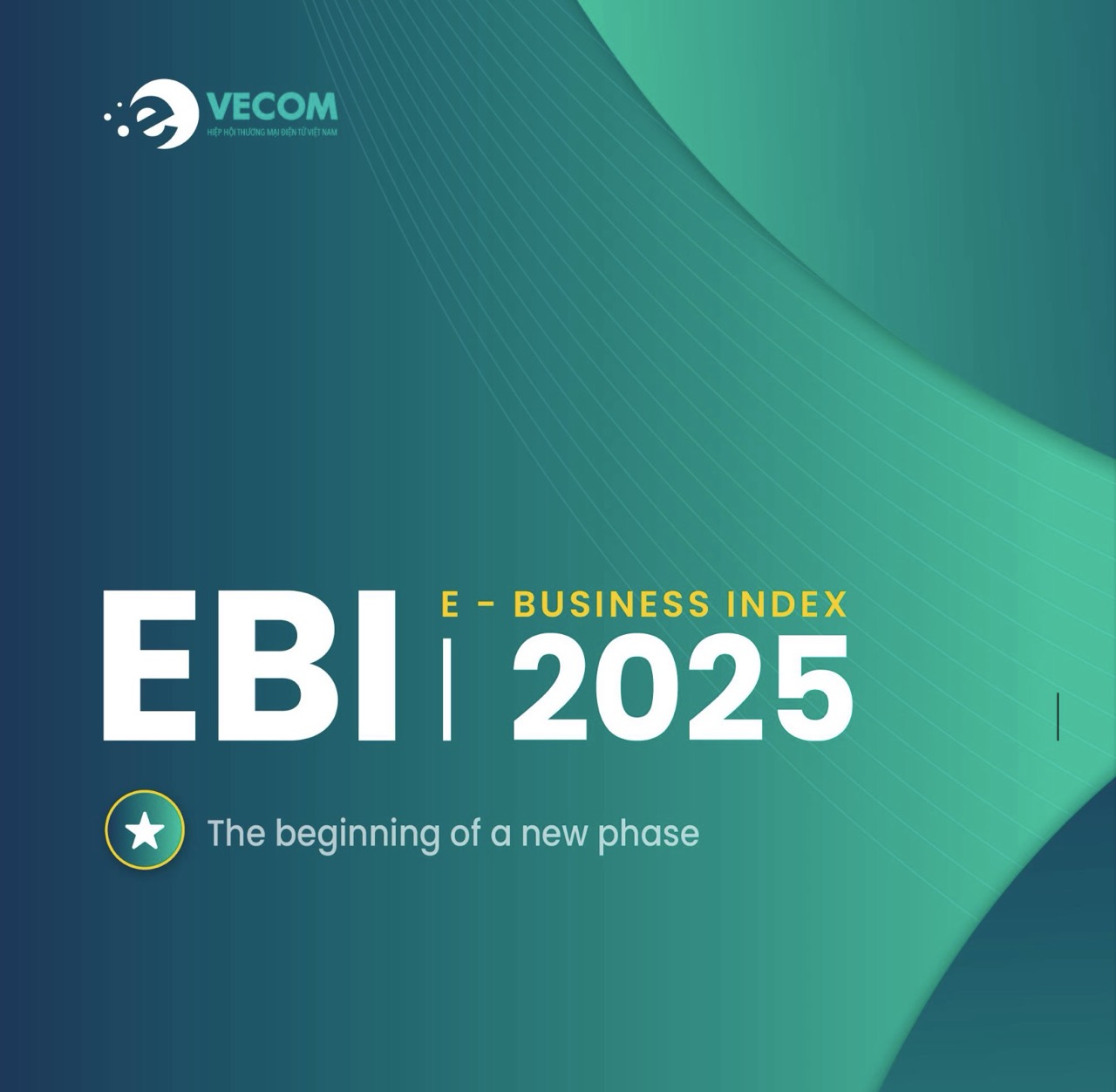The Ministry of Industry and Trade has issued Decision No. 1568/QĐ-BCT approving the National Master Plan on E-commerce Development for the 2026–2030 period. The plan is built on the principle that e-commerce is a pioneering sector of the digital economy, playing a key role in transforming the growth model, enhancing competitiveness, and promoting sustainable development.
Accordingly, the development of e-commerce in the upcoming period is positioned in close alignment with key national strategies and programs such as the National Digital Transformation Program, the Strategy for Digital Economy and Digital Society Development, and sectoral initiatives under the Ministry of Industry and Trade. The overarching goal is to optimize the entire value chain from production to consumption through technological solutions, ensuring a balance between economic growth, social equity, and environmental protection.
One of the key highlights is the requirement to organize the development of e-commerce in a synchronized and efficient manner nationwide, while also promoting regional and international linkages to mobilize and utilize resources effectively. The State plays a facilitating role by developing institutions and infrastructure, whereas businesses and consumers are identified as the main driving forces behind the sustainable development of e-commerce.
The plan also emphasizes the role of the political system and local authorities at all levels in its implementation, while serving as a foundation for localities to develop e-commerce plans tailored to their specific conditions.
A clear, focused, and feasible objective
In terms of overall objectives, the Plan aims to enhance the value and competitiveness of Vietnam’s e-commerce sector, maintaining its position among the leading countries in e-commerce growth in the region and globally. It also sets clear, focused, and feasible goals to boost the consumption of Vietnamese products through e-commerce both domestically and internationally; narrow the development gap in e-commerce between localities; and promote green, circular e-commerce development, contributing to the building of a fair and sustainable society.
Specifically, in terms of the competitive environment, the Plan sets targets for 70% of the adult population to participate in online shopping; e-commerce retail sales to grow by 20–30% annually, accounting for 20% of the country's total retail sales of goods; and a reduction in the proportion of websites violating consumer rights to 5–10%. Regarding business capacity enhancement, the Plan aims for 70% of enterprises to adopt e-commerce, 100% of transactions to be accompanied by e-invoices, 80% of transactions to be cashless, and 60% of small and medium-sized enterprises (SMEs) to operate on e-commerce platforms.
The Plan also clearly defines the requirement for balanced development across regions. It sets the target for B2C e-commerce transactions outside of Hanoi and Ho Chi Minh City to account for 50% of the national total; 60% of communes and equivalent administrative units to have merchants engaged in online sales; and emphasizes leveraging regional advantages to promote inter-regional connectivity in e-commerce development.
Notably, green and sustainable development is positioned as a core pillar of the Plan, with specific targets: reducing the use of plastic packaging to a maximum of 45%, increasing the rate of recycled packaging to 50%, ensuring that at least 40% of enterprises use clean energy in e-commerce logistics, and 50% of businesses adopt green packaging standards.
In terms of human resource development, the Plan sets a target for 60% of higher education and vocational institutions to offer programs related to e-commerce, and for one million participants—including businesses, individuals, and government officials—to join training courses on e-commerce application skills.
Six key tasks and solutions
The Master Plan also sets out six key tasks and solutions to realize its stated objectives.First, it focuses on building and improving the institutional framework, including mechanisms, state management policies, and market development regulations for e-commerce.Second, it aims to improve infrastructure for sustainable development, encompassing digital infrastructure, logistics systems, and cashless payment systems.
Third, it focuses on developing core platforms and systems to serve both state management and the green, sustainable e-commerce market. Fourth, it promotes regional connectivity and leverages regional advantages in raw materials, production, logistics, and human resources for e-commerce. Fifth, it aims to enhance the capacity to apply e-commerce among businesses, household enterprises, and the general public. Finally, it seeks to expand international cooperation to access advanced standards, modern technologies, and global markets.
See details here





























